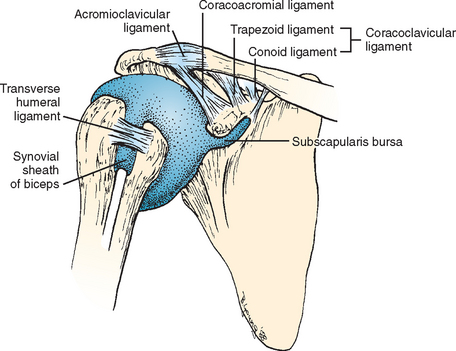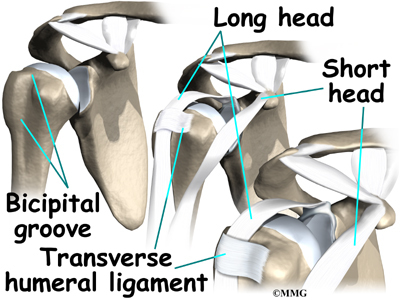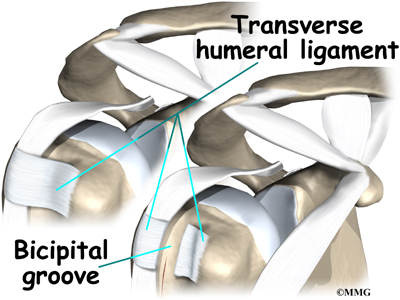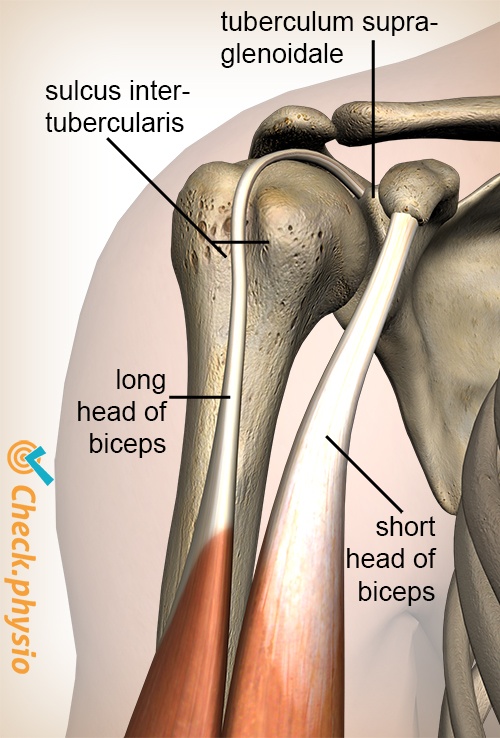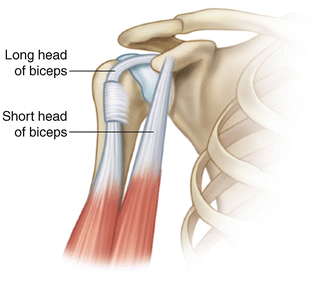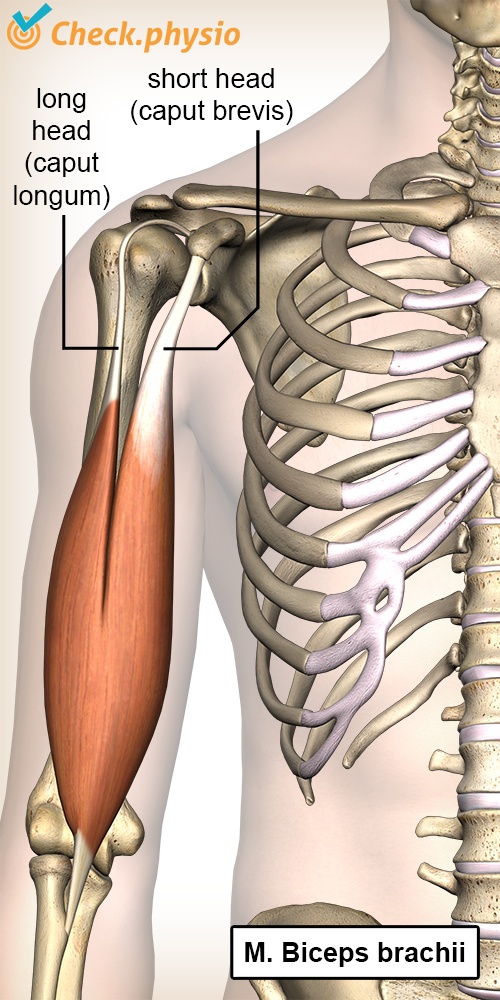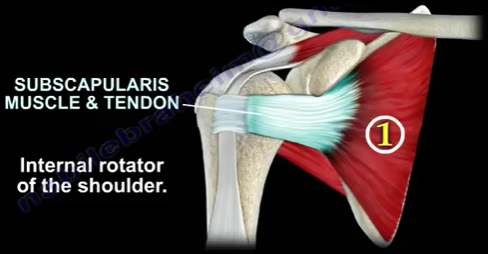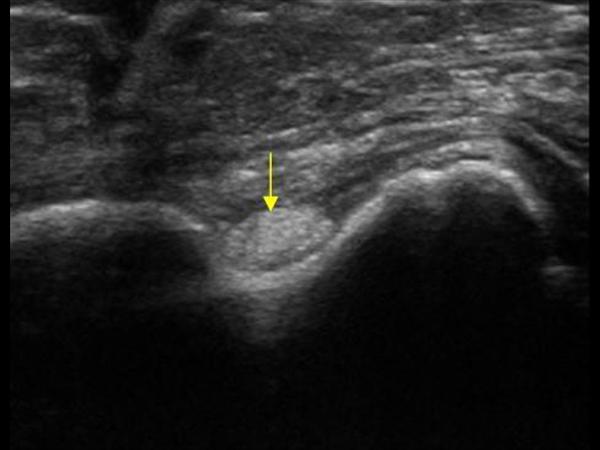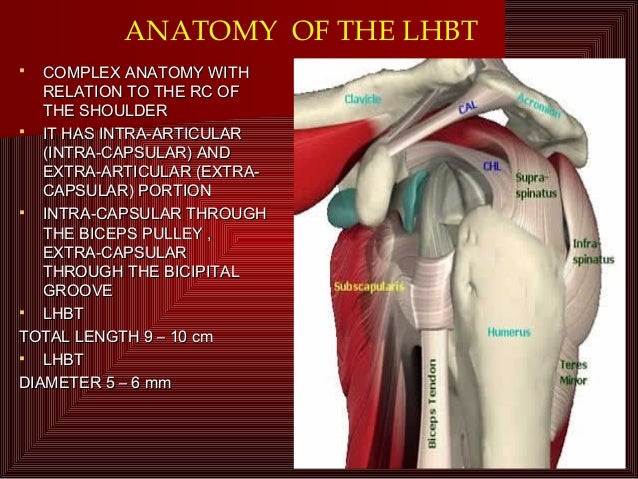Bicipital Groove Transverse Ligament
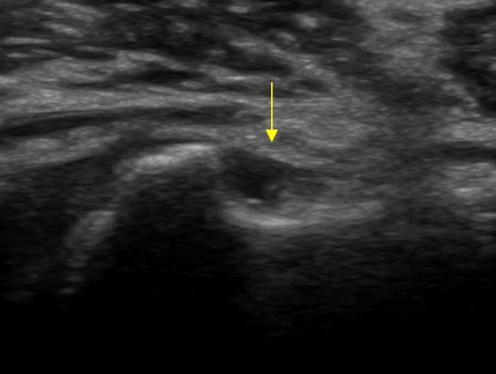
Other functions unclear hypotheses include.
Bicipital groove transverse ligament. Dislocation of the long head of biceps tendon is one of the complications of shoulder injury. However more recently its role in stability has been refuted with many authors questioning its existence as a distinct anatomic structure. Historically the transverse humeral ligament thl was thought to play a primary role in bicipital groove stability. Exits shoulder joint within bicipital groove under transverse humeral ligament.
Occasionally the soft tissue restraints that maintain the position of the long head of the biceps tendon within the groove can be injured allowing the tendon to sublux or partially dislocate in and out of. Flexor and abductor of shoulder. The transverse humeral ligament brodie s ligament forms a broad band bridging the lesser and greater tubercle of the humerus its attachments are limited superior to the epiphysial line by enclosing the canal of the bicipital groove intertubercular groove it functions to hold the long head of the biceps tendon within the bicipital groove. Primary function is to stabilize humeral head in glenoid during elbow flexion and forearm supination.
The transverse humeral ligament brodie s ligament 1 forms a broad band bridging the lesser and greater tubercle of the humerus its attachments are limited superior to the epiphysial line by enclosing the canal of the bicipital groove intertubercular groove it functions to hold the long head of the biceps tendon within the bicipital groove.

